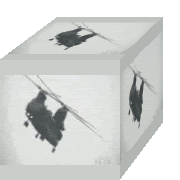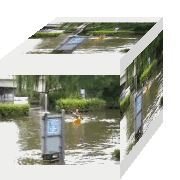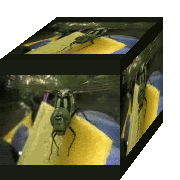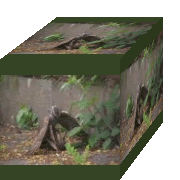 The Starlings circled overhead chattering loudly as their friend struggled for his life.
The Starlings circled overhead chattering loudly as their friend struggled for his life. It took way too long for the little life to be extinguished as the Sparrowhawk was still wary of that defensive lunging beak.
It took way too long for the little life to be extinguished as the Sparrowhawk was still wary of that defensive lunging beak. Eventually it was all over. Nature can appear cruel, but it is what it is...
Eventually it was all over. Nature can appear cruel, but it is what it is...The size, the white eye stripe, and the brownish rather than greyish colouring indicated that this was a female Sparrowhawk. The females because of their larger size tend to hunt bigger prey (anything up to pigeon size) and operate out in the open. The smaller males are more agile, broad but short wings allow them to hunt within the close quarters of woodland. Males were once known as 'Muskets', and in the 17th century, the newly developed, compact, lightweight but powerful 'musket' gun was named after them.
 Even after their friends death, the brave Starlings continued to mob the dangerous Sparrowhawk, forcing it to adopt a defensive stance.
Even after their friends death, the brave Starlings continued to mob the dangerous Sparrowhawk, forcing it to adopt a defensive stance. This strange 'tenting' allows them to stand on the wings of their prey but remain stable using their tail and wingtips to form a tripod.
This strange 'tenting' allows them to stand on the wings of their prey but remain stable using their tail and wingtips to form a tripod.Next time I'm out in the countryside, hopefully I'll be able to photograph something a bit more 'fluffy', preferable NOT having it's head chewed off by something vicious!....




















